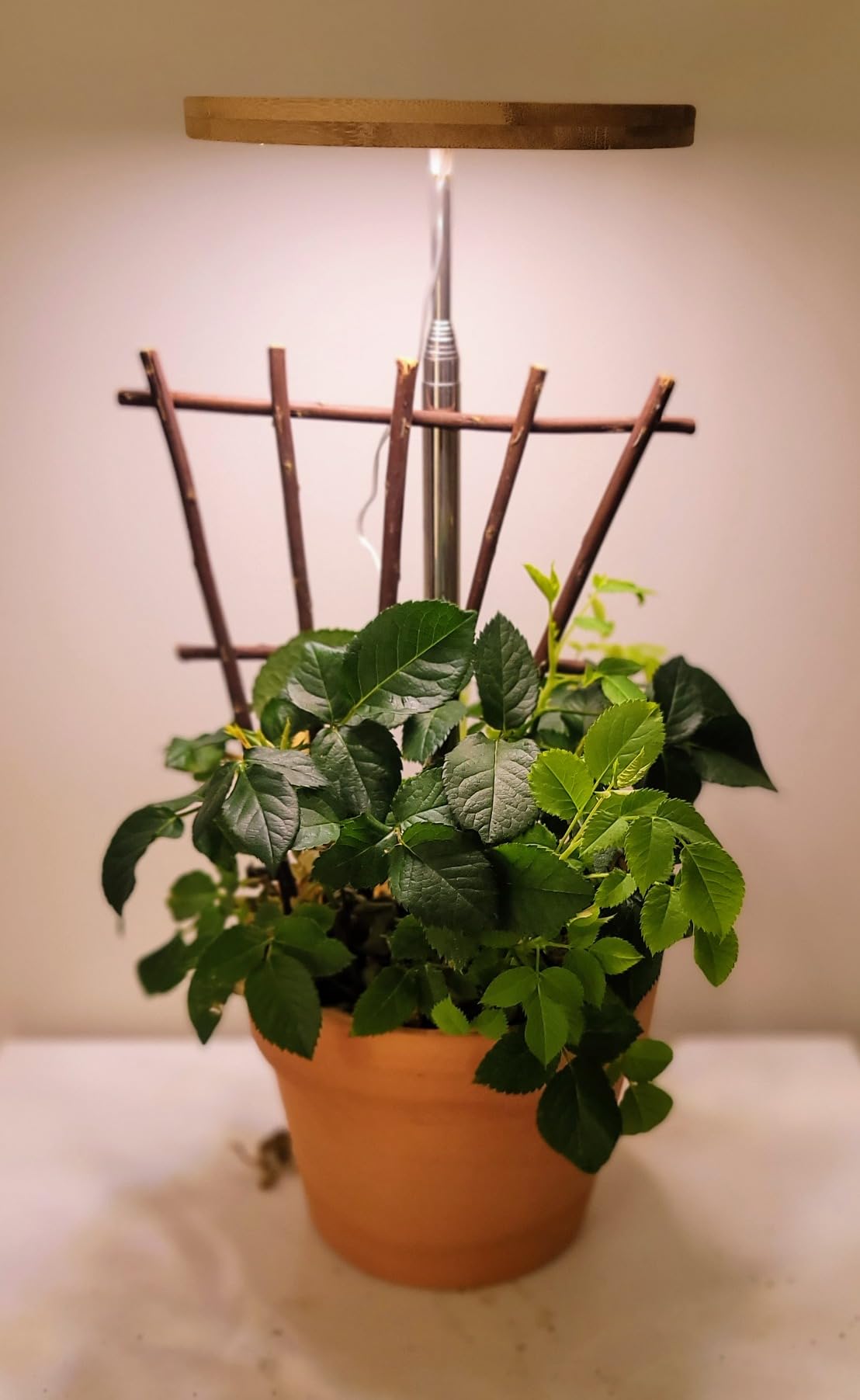Full - Spectrum Plant Lights: The Warm Sunshine for Plants in Winter

As winter arrives, the daylight hours are significantly shortened, and the intensity of sunlight also weakens substantially. This poses numerous challenges to the growth of indoor plants. However, the emergence of full - spectrum plant lights is like a warm ray of sunshine in winter, providing essential lighting support for plants and bringing many tangible benefits.
Compensating for Insufficient Lighting Duration
In winter, the daylight hours in many areas may be reduced to less than 8 hours, which is far from the 12 - 16 hours of lighting duration required for the normal growth of most plants. Full - spectrum plant lights can effectively supplement the lighting time, allowing plants to receive an adequate amount of light each day and continuously carry out photosynthesis. Take Epipremnum aureum as an example. Sufficient lighting duration can keep its leaves green and continuously grow new leaves. For flowering plants such as Kalanchoe blossfeldiana, enough lighting duration is a key factor for flower bud differentiation, ensuring that they can still bloom beautiful flowers in winter.
Simulating the Natural Lighting Spectrum
The greatest advantage of full - spectrum plant lights lies in their ability to simulate the spectrum of natural sunlight. In winter, not only does the duration of sunlight decrease, but the spectrum also changes, and some wavelengths crucial for plant growth may be missing. Full - spectrum plant lights can accurately provide various wavelengths of light required by plants at different growth stages. Blue light helps with the growth of plant stems and leaves and enhances the disease - resistance of plants; red light plays a key role in the flowering and fruiting of plants. In winter, the complete spectrum provided by full - spectrum plant lights enables plants to carry out photosynthesis normally as in the warm season, promotes the synthesis of chlorophyll in plants, improves the photosynthesis efficiency, and thus ensures the healthy growth of plants.
Assisting Plants in Adapting to Low - Temperature Environments
Low temperatures in winter can affect the metabolism of plants, and sufficient lighting can help plants better adapt to low - temperature environments. The lighting provided by full - spectrum plant lights can promote the activity of plant cells and enhance the cold - resistance of plants. For example, succulent plants tend to grow slowly or even enter a dormant state in winter due to low temperatures. However, after appropriately using full - spectrum plant lights to supplement lighting, although their growth rate may not be as fast as in the warm season, they can still maintain a certain degree of vitality. Their leaves can also remain plump and bright - colored, without showing phenomena such as shriveling and frostbite due to low temperatures.
Promoting Flower Bud Differentiation and Fruit Development of Plants
For some plants that are still in the flowering and fruiting stages in winter, such as strawberries and tomatoes, the role of full - spectrum plant lights is even more significant. Insufficient sunlight in winter often leads to 受阻 flower bud differentiation and poor fruit development in these plants. Full - spectrum plant lights can promote flower bud differentiation, increase the fruit - setting rate, enable fruits to develop normally, and increase the yield and quality of fruits by providing appropriate lighting to meet the plants' needs for key wavelengths such as red and blue light. For instance, strawberry plants using full - spectrum plant lights will have more plump, brightly - colored fruits with higher sweetness.
In the cold winter, full - spectrum plant lights have become the "sunshine savior" for indoor plants. Through compensating for lighting duration, simulating the natural spectrum, enhancing the cold - resistance of plants, and promoting the reproductive growth of plants, they enable our plants to thrive indoors and add a touch of greenery and vitality to our lives.
